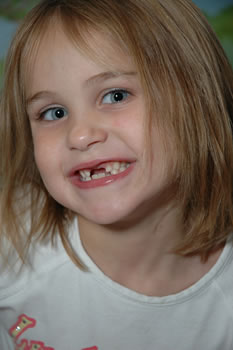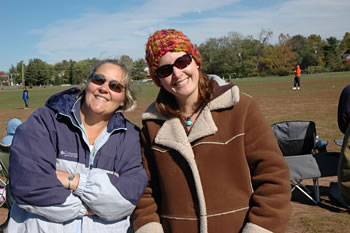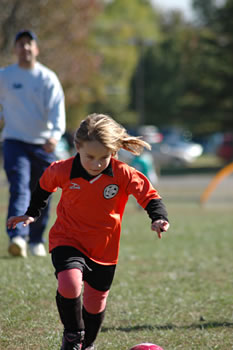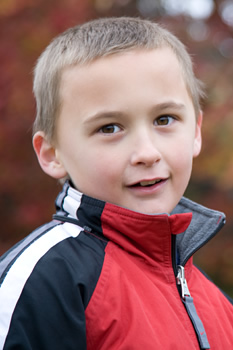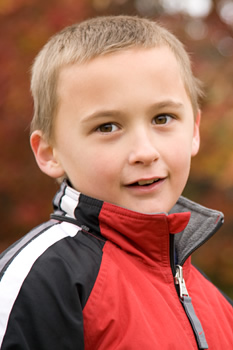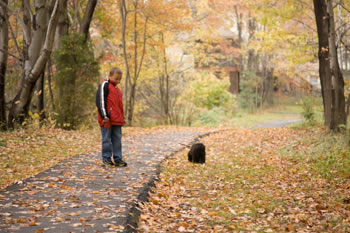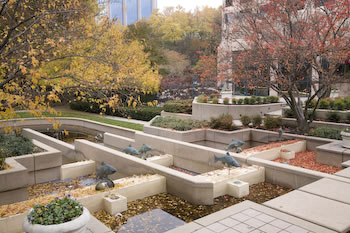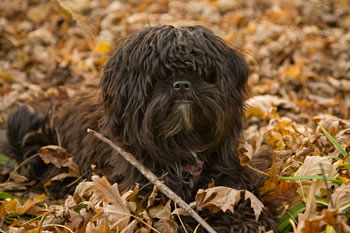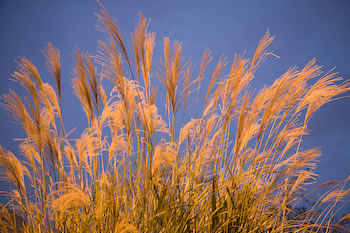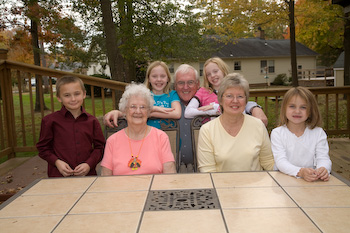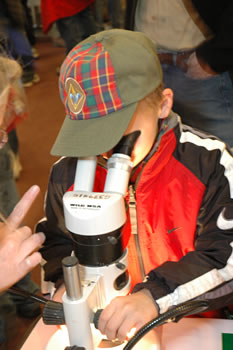
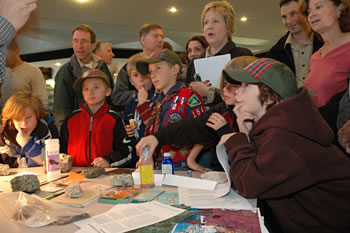
Ryan and his Webelos den attended the U.S. Geological Survey open house on Saturday, November 3. There was so much to see and do. Unfortunately, Ainsley's soccer game started in the middle of the tour, so I left early. I used a slow sync flash that combines a long shutter speed with a flash. The result is more accurate colors and a well lit background, but they can be blurry. A regular flash adds a blue color cast and the background is dark. See more photos showing both examples.
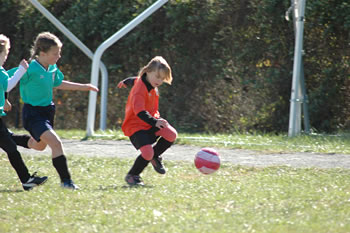
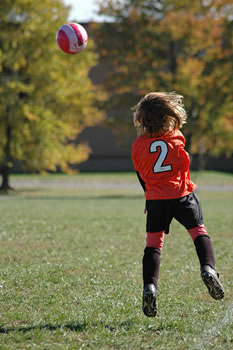
Ainsley moves the ball down field (left) and throws the ball in (right). 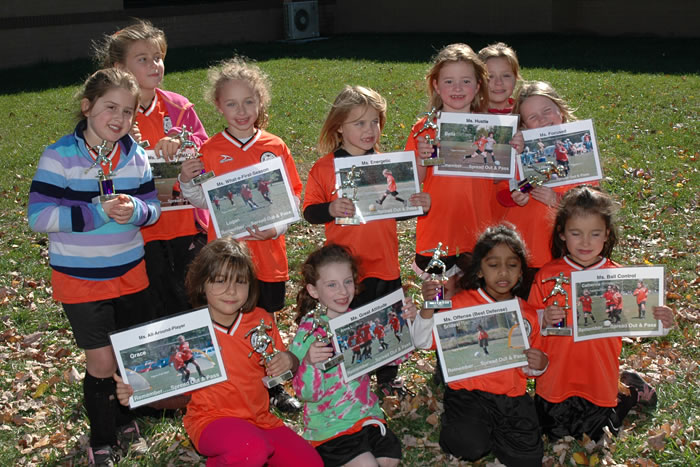
The coach presented trophies and personalized photos of the players at the end of the game. I removed the last names from the photo. My flash sends out two flashes in 1/30 of a second per shot. Some people can see the first flash and blink while others don't react to it. That's why some people have their eyes closed.
I'm a happy camper with my new camera. I've taken about 20,000 photos since May 2004 (3.5 years), read a couple of photography books, dozens of articles on the internet, and hundreds of discussion forums postings. I got to a point where I could tell the difference between pro grade and consumer grade SLR cameras and lenses. I didn't let it stop me. I kept shooting. My skills kept improving. There was a noticeable increase in August 2006 and in September 2007. However, the pent up demand for replacing all of my equipment grew and grew. An upcoming vacation pushed me to get the equipment sooner rather than later so that I had several months to learn the strengths and weaknesses of the camera and each lens. I'm doing just about everything different than I used to do and am using the "best practices" approach of professional photographers. I have moved from snapshot Dad to photo enthusiast. Full frame digital cameras like the Canon 5D and Nikon D3 offer the best photos compared to any other SLR camera. They also have the least amount of noise (grain) at ISO 800 and 1600. See Ken Rockwell's examples on how the best Nikon with the best lens couldn't compete with a Canon 5D with the cheapest lens. I could only imagine what professional grade Canon "L" lenses could do. I constantly struggled with white balance and once I saw how easy it was (website has sound) to correct by shooting in RAW, using the WhiBal white balance card, and Adobe Photoshop Lightroom, I had to give it a try. I bought the $35 WhiBal card, downloaded the 30 day free trial of Lightroom and shot some photos in RAW. Judging by the results above, I'm sold. I also bought a 35mm f/2 prime lens (non-zooming) for low light action shots. It lets in 4 times more light (2 stops) compared to a f/4 lens. This means a 1/30 of a second shot with an f/4 lens can change to 1/60 of a second with f/2.8 and 1/125 of a second with f/2. I also bought the Canon 580EX II flash that can rotate in more directions than the Nikon SB-800 flash. Aim the flash over your shoulder to a corner of the room to get the best results. Watch video #4 to make your own black bounce card (not white) with reflective tape.
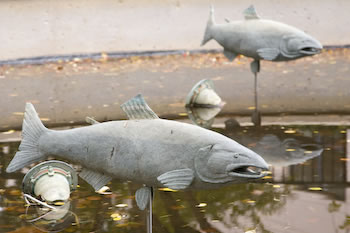
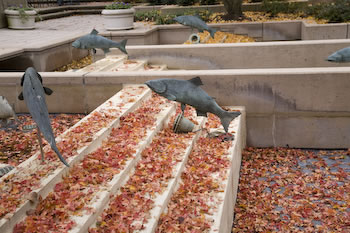
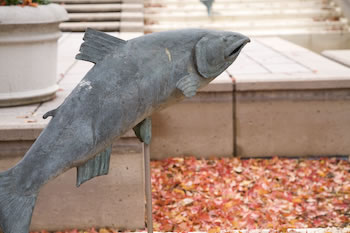
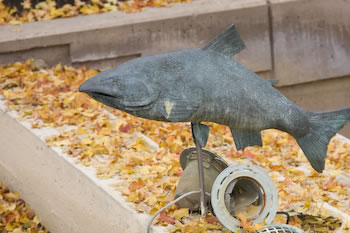
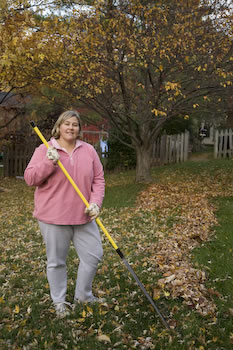
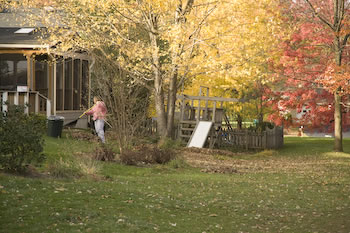
Betsi kept raking while Jeff too frequent "union breaks" to take pictures.
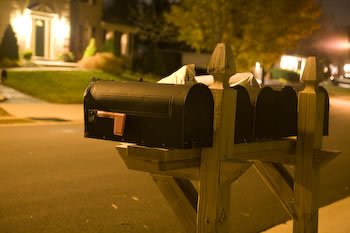
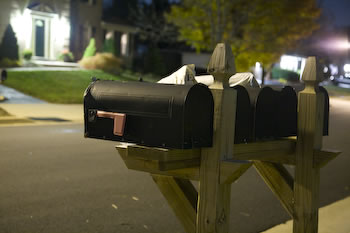
The Canon 5D has very little noise (grain) at ISO 800 and 1600 compared to my 3 year old Nikon D70s. I wanted to see what colors it would reproduce at night using the automatic white balance setting. I also wanted to see what the same photo would look like if I used a white balance card to color correct it. Here is a nighttime shot on a tripod at 2 seconds, f/4, ISO 1600 at 60mm using the Canon 24-105mm f/4L IS lens. The right photo is after color correction using the WhiBal white balance card. The white balance wasn't perfect because I couldn't hold the card steady during the 2.5 second exposure. The blurry white balance card made for variances that ranged from too blue to too green to too yellow. Next time, I'll place the WhiBal next to the mailbox.
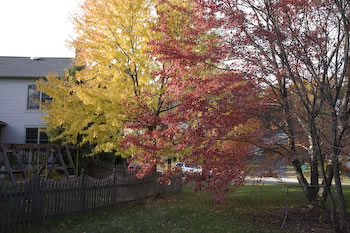
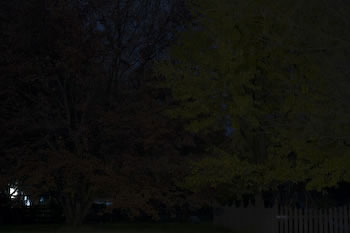

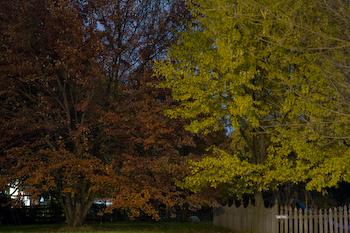
What we see versus what the camera sees. The photo in the upper left are the two trees during the day. The photo in the upper right is what I could see of the trees at night. On a color calibrated monitor, there is faint detail of the yellow tree, but not of the red tree. The photo in the lower left is what the camera could see after a 25 second exposure. The lower right photo was color corrected in December after repeated night shots revealed our street lights have a light color temperature of 2350 Kelvin.
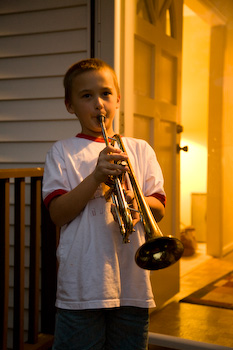
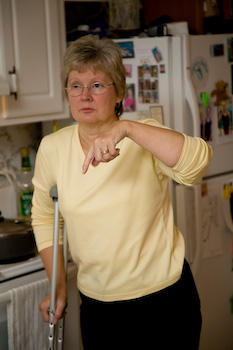
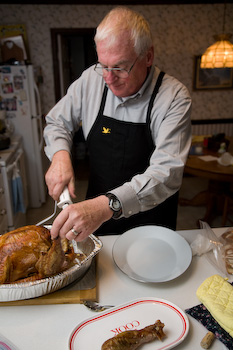
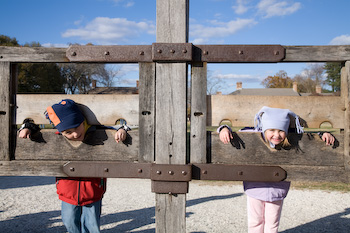
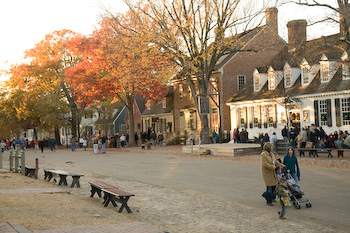
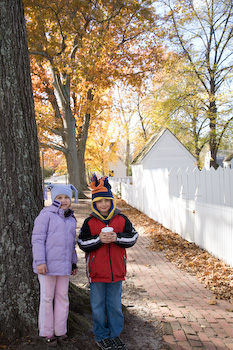
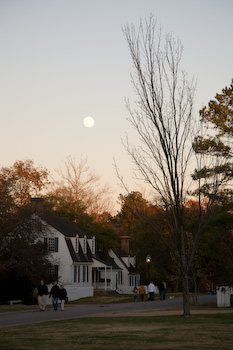
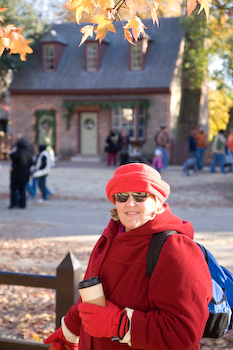
Ryan recently finished a section on Colonial America at school, so we toured Colonial Williamsburg the day after Thanksgiving. The scenic drive from the Yorktown Civil War Battlefields to Colonial Williamsburg on the Colonial Parkway along the York River was scenic. Notice the temperature took a nose dive in one day. See more photos. 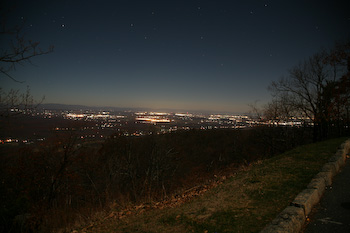
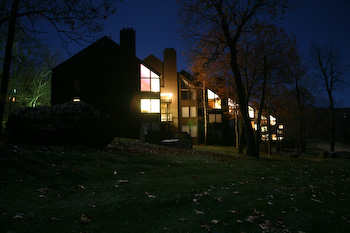
We stopped at the world famous Pierce's Pit Bar-B-Que for dinner and then headed to Wintergreen Ski Resort. We love the scenic overlook along the Blue Ridge Parkway that overlooks Waynesboro. We noticed there were more people at the condos this time as compared to other times when there hasn't been snow. I'm in the middle of the fairway on the Devil's Knob Golf Course taking the photo. 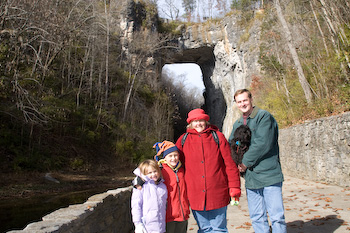
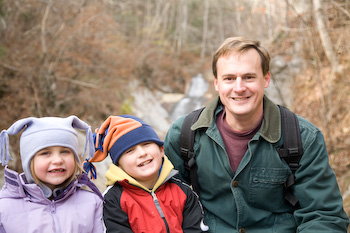
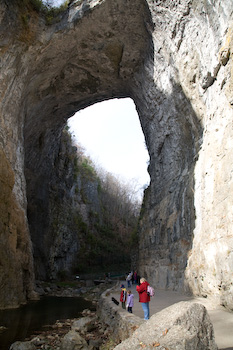
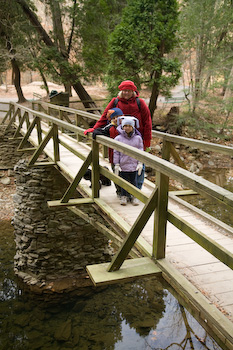
Natural Bridge is located in the southwestern part of Virginia. The website so undersells this place. There is a highway crossing top of the arch, a recreation of a native American village, and a mile and a half hike that ends at a waterfall. Along the way, there is a gap between some rocks that reveals an underground river. Despite repeated attempts, no one has been able to figure out its origin or destination. There's also a cave where saltpeter was mined to make gun powder during the Civil War. 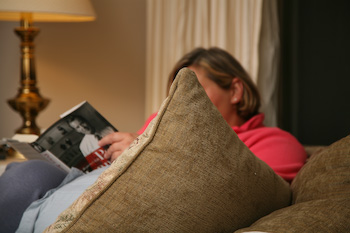
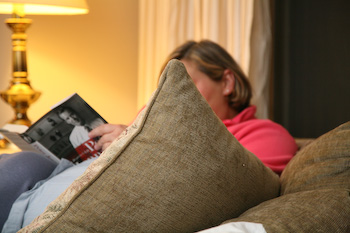
Which photo do you like better? The photo on the left was taken at ISO 100 and the flash adjusted to fill in the light it needed to make a properly exposed shot. I noticed there wasn't much of a glow from the lamp. I changed the ISO to 1600 in the photo on the right and retook the shot. Again, the flash compensated and put out just enough light to get a properly exposed shot. Since there is 16 times more light at ISO 1600 as compared to ISO 100, the flash only put out 1/16 the amount of light on the ISO 1600 shot on the right. Both shots were at f/4. I like the photo on the right better since more ambient light is captured. The Canon 5D has far less noise (grain) at ISO 800 and 1600 compared to my 3 year old Nikon D70s. The Canon uses a CMOS sensor on all of their cameras and Nikon uses CCD. Nikon has converted to CMOS with the Nikon D300 ($1,800) and D3 ($5,000) and may start converting future, lower end models. I didn't realize how much more freedom I would gain with usable photos at ISO 800 and 1600 until I ran into situations where it makes a difference, like the shot above. Hmmm. 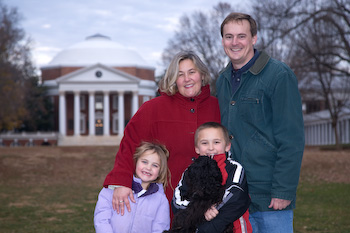

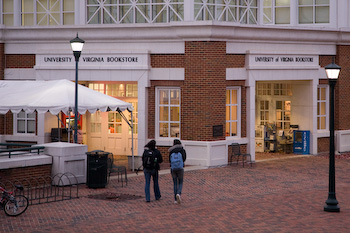
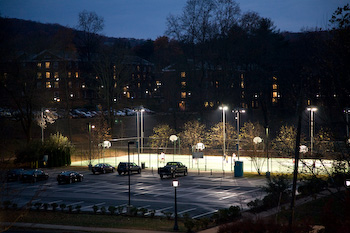
On Sunday, we stopped by the University of Virginia (UVa) campus in Charlottesville to see the college Thomas Jefferson founded. We've been there several times before, but during the summer months when there were few students. Many students were returning from the Thanksgiving break, so it made it seem more like college. Betsi's Dad is UVa alumni, but we couldn't remember his room number on the Lawn near the Rotunda. It was room seven, but we guessed 51. Next time... |

 Next
Next